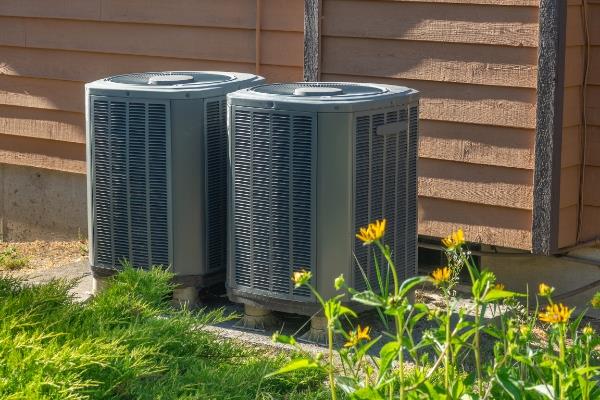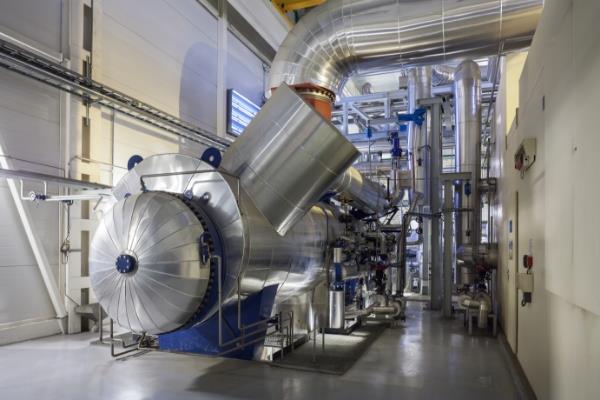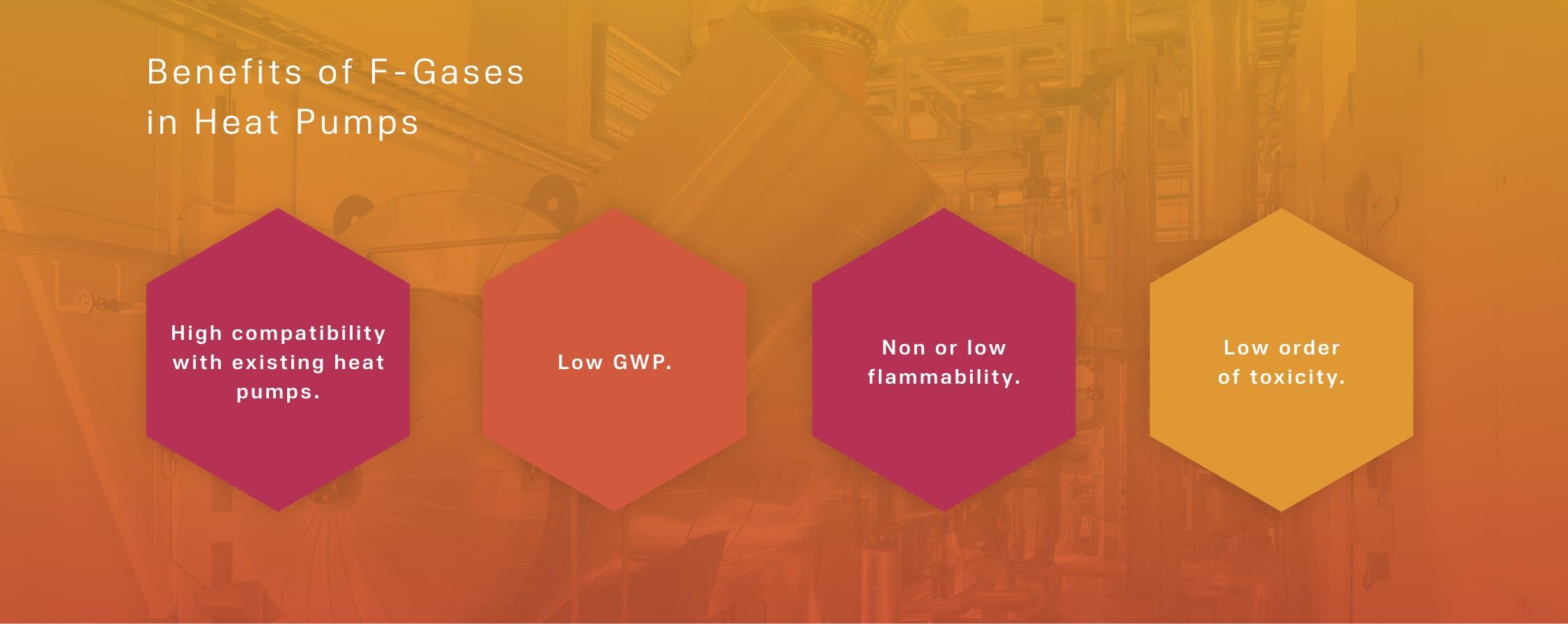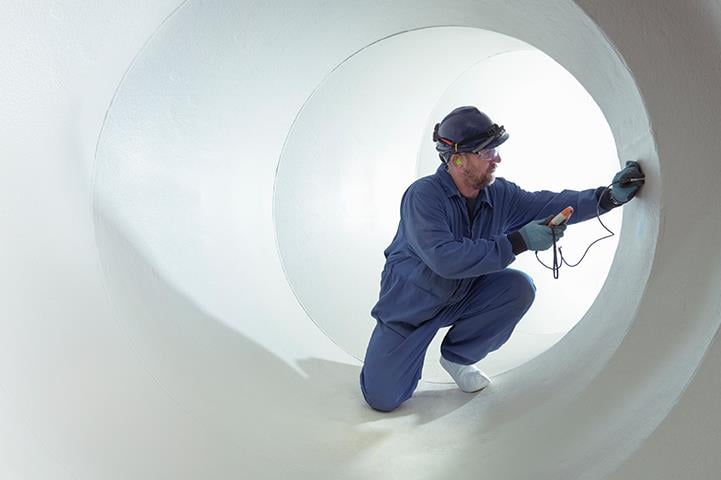Heat Pumps
Fluorinated Gases Support Energy Efficiency
 Fluorinated gas (f-gas) refrigerants provide a safe and convenient cooling media to support the growing number of heat pumps globally, representing one of the most effective options to reduce the energy requirements of household heating and cooling needs and displace less efficient forms of heating such as gas boilers.
Fluorinated gas (f-gas) refrigerants provide a safe and convenient cooling media to support the growing number of heat pumps globally, representing one of the most effective options to reduce the energy requirements of household heating and cooling needs and displace less efficient forms of heating such as gas boilers.
F-gas refrigerants, specifically hydrofluoroolefins (HFOs) in the case of heat pumps, offer a combination of high performance, low global warming potential (GWP), and safety, a view that is supported by most experts, leading heat pump equipment manufacturers, and associations, the European Commission, and the International Energy Agency. HFOs enable a transition to a far more environmentally friendly solution when compared to legacy refrigerants without compromising performance – in fact, they offer optimal performance across various applications and sectors, cut costs, and have been deemed safe for their intended uses by rigorous studies.
F-gases allow the heating and cooling industry to provide more energy efficient, low GWP solutions.
From residential window air conditioners, to heat pumps, to commercial rooftop AC systems, f-gas refrigerants deliver cost and energy efficiency with minimal environmental impact. Changing regulations, including the phaseout and phasedown of certain refrigerants, increase demand for an environmentally sustainable, high-performing, and cost-effective refrigerant. Stationary air conditioning and heat pump systems running through modern buildings need to deliver top performance.
 What are f-gases?
What are f-gases?
F-gases are an innovative class of chemical solutions comprised of low and ultra-low GWP hydrofluoroolefins (HFOs) and HFO blends. These products have improved environmental properties, offering significantly lower GWP than legacy products and no ozone depletion potential. Given the growing threat of climate change, innovative hydrofluorocarbon (HFC) and HFO alternatives have been developed to replace legacy hydrochlorofluorocarbons (HCFCs) that have relatively high GWPs and ozone depletion potential as well as high GWP HFCs. F-gases have undergone a rigorous and data-intensive global regulatory approval processes (e.g. US and EU) and have been deemed safe for their intended uses throughout their entire lifecycle.

Critical F-Gas Applications in the Heat Pump Industry:
-
Energy efficiency:
F-gases are best suited for the most efficient cooling systems, which many alternatives aren’t equipped to safely handle.
-
High heat operations:
The non to low flammability of f-gases allow for heat pumps to be used for applications at high temperatures, such as water heaters, tumble dryers, etc.
-
Low pressure operations:
F-gases can operate at lower pressures, which reduces risk of pressure explosions and equipment failure.
-
Ubiquitous and scalability:
The vast majority of heat pumps today are designed to be compatible with HFOs, therefore rendering HFOs necessary to accelerate the widespread adoption of heat pumps.











